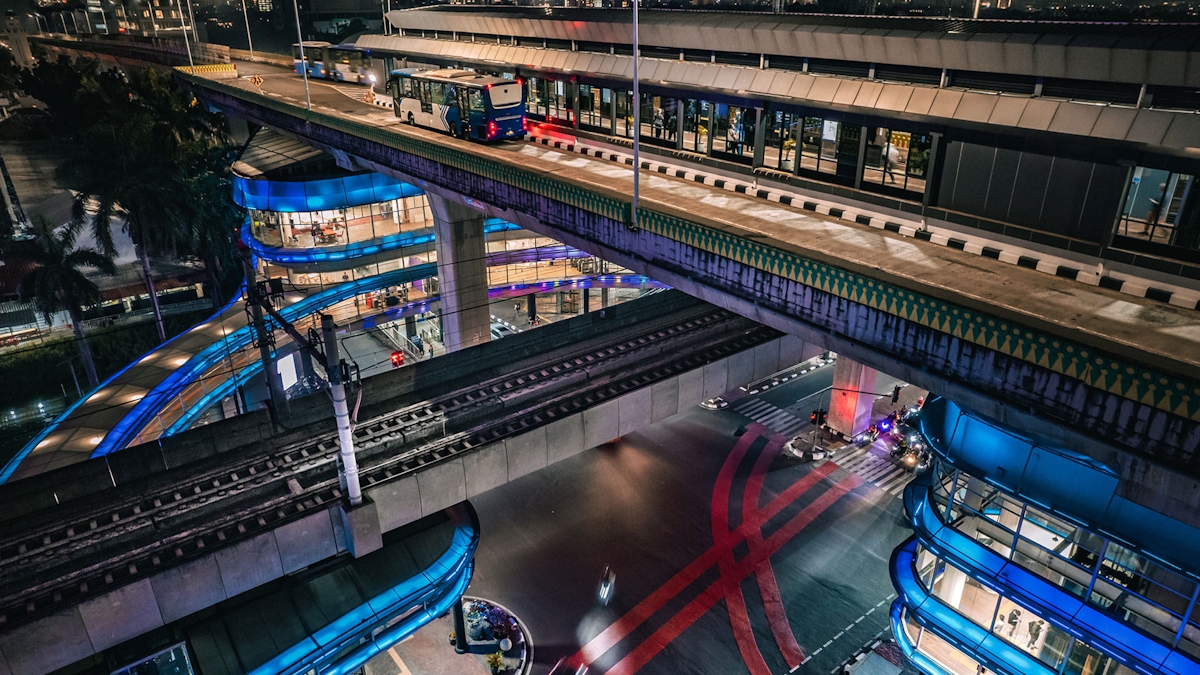In the face of growing urban populations, rising environmental concerns, and evolving mobility needs, cities are rethinking how to manage and repurpose existing infrastructure. Transport systems, once central to urban expansion, now present new opportunities beyond their original function. As disused train cars, aircraft cabins, and transit stations fall into neglect, the practice of adaptive reuse emerges as a sustainable and creative solution

In an era marked by rapid urbanization, demographic expansion, and accelerating economic growth, cities are becoming increasingly complex ecosystems. These dynamics have intensified the demand for efficient, sustainable, and inclusive transportation systems. As the volume of both people and goods circulating through urban environments grows, the infrastructure that supports mobility becomes not only more critical but also more vulnerable to obsolescence. The evolution of transport technologies—ranging from rail to aviation—has rendered many traditional structures outdated, underutilized, or altogether abandoned. However, within this cycle of redundancy lies a compelling opportunity: the adaptive reuse of transport infrastructure as a strategy for urban renewal, cultural preservation, and sustainable development.
Urban centers function as nodes of economic productivity and social interaction, serving as platforms where infrastructure plays a foundational role in shaping spatial organization and the rhythms of daily life. Transportation systems—such as trains, subways, buses, ships, and aircraft—are not merely conduits of movement; they are embedded within the social fabric of cities, often forming part of their architectural identity and historical continuity. Yet, according to the 2023 Sustainable Development Goals Report, only 51.6% of the world’s urban population has adequate access to public transport systems. This stark figure underscores a broader reality: the distribution, quality, and accessibility of mobility infrastructure remain highly uneven, both across and within national boundaries. The challenge, therefore, is not solely about expanding physical networks but also about rethinking the purpose and potential of existing infrastructure.
In this context, the adaptive reuse of transportation-related structures emerges as a forward-looking approach that balances innovation with conservation. The practice involves reimagining disused elements such as railcars, aircraft cabins, and station platforms—retaining their structural integrity while imbuing them with new functions and meanings. This method aligns with a growing paradigm in architecture and urban planning that promotes the principle of “building less” by prioritizing the rehabilitation of what already exists over the construction of new developments. Architects, designers, and urbanists are increasingly working across disciplines to explore how dormant infrastructure can be integrated into new urban programs, whether as cultural venues, public spaces, educational hubs, or even hybrid residential and commercial complexes.
This approach is not without its technical and conceptual complexities. While the transportation industry has historically focused on minimizing weight and maximizing efficiency in the materials and design of its equipment, it has also relied on high-resistance components to ensure longevity, safety, and ease of maintenance. These same attributes—durability, structural coherence, and material resilience—make such infrastructures particularly well-suited for adaptive reuse. Retaining original elements can preserve historical value and cultural memory, while integrating contemporary materials and technologies allows for functional upgrades that meet current environmental, social, and technological standards.
Examples of such interventions already exist, illustrating how transportation infrastructure can be reimagined without losing its essence. The Istanbul Planning Agency’s public space, designed by SO? Architecture and Ideas, exemplifies this principle by preserving core features of a former recreational facility—including its original roof structure and tile color scheme—while transforming the site into a vibrant, multifunctional community space. In a similar vein, one may ask: Why should the potential of transport infrastructure remain limited to its original use? Could abandoned train stations not become cultural institutions, or decommissioned aircraft be turned into classrooms or co-working spaces? What does it mean, conceptually and functionally, to transform a structure designed for transit into a place meant for pause, reflection, or exchange?
Such questions invite us to consider transport infrastructure not as static, utilitarian artifacts but as dynamic, modifiable entities embedded with layers of spatial, historical, and symbolic significance. As cities confront mounting pressures to address climate change, promote equity, and foster resilience, the reuse of existing transport infrastructure offers a multidimensional solution. It combines the preservation of material heritage with the creation of contemporary value, fostering urban environments that are at once respectful of their past and responsive to future needs.
